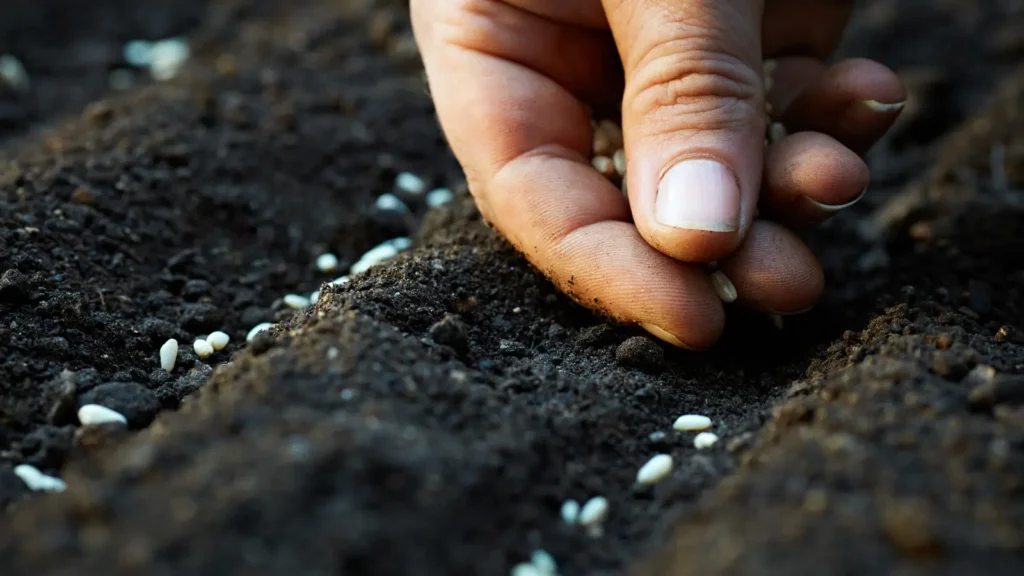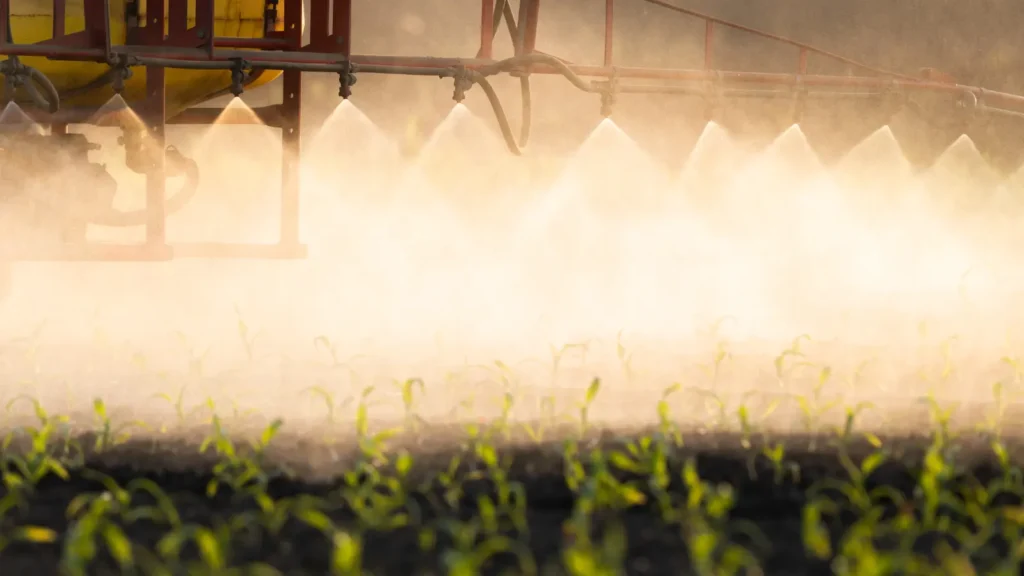Most of our food comes from seeds that have historically been considered a natural resource, thus not eligible for patents.123 GMOs played a crucial role in the application of restrictive patents to seeds — a change that has transformed the global seed supply. Learn more about GMOs and patents.
In the last 40 years, restrictive patents have helped the agrochemical industry establish a virtual monopoly over the global seed supply. Today, more than half of the world's seeds are controlled by just four multinational corporations.124
Corporations prioritize traits that increase profits, such as yield, uniformity or herbicide resistance, while other traits, such as taste, nutritional profile and resilience, are less attractive.125 Patented seeds are unavailable to other breeders or researchers, curtailing the development of new plant varieties.126

GMO seeds displace culturally valuable crop varieties, native seeds and landraces with unique traits, while traditional breeding efforts are undermined by GMO contamination of non-GMO crops and wild relatives, eroding a crucial genetic library necessary to adapt to a changing climate.127,128
GMOs also encourage reliance on multinational corporations and extended supply chains, creating a system that is easily disrupted by environmental disasters and armed conflicts.
GMOs have had profound impacts on farmers, even those who chose to grow non-GMO seeds.
The cost of GMO seed has dramatically outpaced non-GMO seed prices, and GMOs are frequently sold with accompanying herbicides and fertilizers, which further drive up costs.
Farmers cannot save GMO seeds and must purchase new seeds from the distributor each year.108,109,110

The adoption of hybrid and GMO seed has largely displaced seed saving in North America.111 However, it is an essential practice in other parts of the world where seed saving helps sustain food sovereignty and social networks.112 The agrochemical industry considers these "emerging markets" potential profit centers — provided the farmers there become reliant on foreign hybrid and GMO seeds. The erosion of farmers' rights is a powerful tool for corporate domination. Farmers who refuse to grow GMOs or other patented seeds in some emerging markets face legal action and jail.113,114
Farmers are also financially impacted by GMO contamination, which is well-documented in canola, corn and alfalfa.115,116,117,118 Non-GMO growers may be unable to sell contaminated crops in non-GMO supply chains or international markets, which reduces their income.
Chemical drift is another form of contamination that can devastate rural communities, causing financial hardship and even violence.119 In 2016, the chemical herbicide dicamba drifted from GMO crops that were immune to the herbicide, destroying millions of acres of farmland and natural areas.120 The threat of chemical drift is ongoing, and some farmers who prefer to grow non-GMO crops have been forced to adopt GMOs because the herbicide drifting from neighboring farms will kill other crops.121 The agrochemical companies behind dicamba-tolerant GMOs knew about the risk of chemical drift before product launch, infamously promoting GMO soy as "protection from your neighbor."122
Different kinds of GMOs impact the environment in different ways, directly and indirectly.
For example, introducing herbicide-resistant GMOs such as corn, soy, cotton, alfalfa and sugarbeets, has dramatically increased herbicide use in the US.94 Herbicides reduce the diversity of plant life and can be toxic to non-target pests, including soil microbes and beneficial pollinators.95,96 Ultimately, increased herbicide use drives the emergence of superweeds, and desperate farmers turn to more harmful and concentrated herbicides.97 Similarly, the pesticide produced by insect-resistant GMOs — which produce insecticide within the plant's cells — has encouraged the emergence of superbugs immune to its effects.98
Once released into the environment, GMOs may contaminate other organisms through pollen transfer or seed spillage. Contamination events undermine the genetic integrity of native and wild varieties, endangers future plant-breeding efforts and can result in new superweeds.99,100 GMO contamination of non-GMO canola, corn and alfalfa is well-documented in North America; unapproved genetically modified wheat has been found growing opportunistically in the US and Canada.101,102,103,104

Biotech is increasingly interested in developing genetically modified microorganisms as soil amendments.105 However, GMO microorganisms pose unique environmental risks that could be unpredictable, irreversible and profound. Microorganisms have a unique ability to transfer their genetic material to other organisms (known as horizontal gene transfer), making GMO contamination a virtual certainty. Microorganisms are present in exponentially greater numbers than GMO crops, which elevates the risk.106 For example, whereas a corn farmer might grow thousands of plants per acre, a tablespoon of soil contains billions of soil microorganisms.
New genomic techniques that remove farming from the landscape, such as lab-grown meat and "ferming", do not eliminate environmental risks. Critics state that the environmental impacts of lab-based GMOs could be “as bad or worse than animal agriculture" due to the energy requirements and use of fossil fuels and fracking.107
